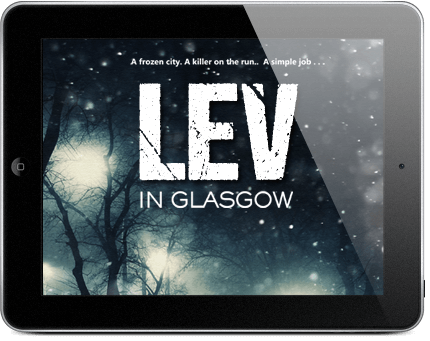Some books are about plot, others about place or mood, others about beautiful writing. Talking to the Dead has its share of all those things (I hope), but the book has only one star and that’s its heroine, Fiona Griffiths.
The book had an odd pre-history for me. I wrote the first draft of the book at tremendous speed. Not quite two months, perhaps, but certainly less than three. But the book had been in preparation for maybe two years: the central (first-person) character gathering slowly like mist thickening on a November road.
The initial elements of character were pretty easy to come up with. I’d have my character be young, be female, be Welsh, be hellishly smart (Cambridge degree, philosophy). Because I didn’t want her to be like every other detective, I’d have her non-smoking, teetotal and with close and important family relationships.
But that’s a ticklist, not a character. It’s a list of characteristics that feels rather like one of those Photofit images: a practical way to disassemble a human being into a list of features, but not really alive. The difference between a Photofit and a Rembrandt portrait – well, it’s everything, isn’t it?
Intense, difficult, dangerous, unpredictable
I knew other things too. I knew I wanted her intense. Difficult. Dangerous. Unpredictable. I wanted her odd. But that’s so easy to say, and I didn’t want those things to feel stuck on from the outside. If, for example, you’re currently watching Homeland – I am and I think it’s great – you’ll know that the Claire Danes character theoretically has a mood disorder. So she takes some pills now and again. Sometimes she shouts too much. Sometimes she works hard. But the whole nutcase strand seems a bit of an afterthought. Indeed, I’m not even sure that they’re remembering to keep the pills thread alive. The mood disorder, in the end, isn’t that central to the character.
So I knew what I wanted in principle, but didn’t have the essential element from which all those things would naturally emerge. I probably mused on that problem for a year or so, slowly getting closer to an understanding of my character, but still missing the key.
And then – well, I got the key. I can’t tell you what it is, because Talking to the Dead revolves as much around the mystery of the character (Fiona Griffiths) as it does around the crime she’s investigating. But oh my gosh, what a key! The thing at the heart of Fiona’s make-up is perfectly based in fact. Real people have this thing – indeed, my wife once treated one of them. And it’s not just a startling condition to have. It’s so perfectly shaped for a crime novel – with its mysteries, its preoccupation with life and death, its darkness – that I felt bewildered that no one else had used the device before me.
The Fiona that emerged from all this is the most dramatic character I’ve ever written. Dramatic not just because of the situations she finds herself in, but because of who she is. She’ll act in ways that are utterly unpredictable to the reader (or, often, the writer), but ones which emerge from her very essence. Her language too is different from my own. In terms of prose, Talking to the Dead is quite different from anything else I’ve written. Tougher, sharper, odder, more modern.
After a bit of fooling around on the shoreline, I took the plunge, began to write the novel – and it flowed out of me with an intensity and drama I’ve never previously experienced. The character herself no longer felt like something designed by me. She felt – or feels – like a real human being, but a human of exceptional intensity and force. Perhaps it’s partly that I’m writing her in the first person, but she doesn’t really seem outside me. I can witness scenes through my eyes or through hers. (And hers usually offer the more interesting view.)
And Fiona’s also given me the one thing I’m sure of with Talking to the Dead. People may or may not like the book. They may or may not warm to the voice. They may be caught up in the nested mysteries, or they may not. But no one, I think, will read the book and be unpersuaded by the voice. Which makes sense. In the end, I didn’t create Fiona, she just adopted me – and she’s welcome to stay as long as she likes. You can read more about her here.
This is your new blog post. Click here and start typing, or drag in elements from the top bar.



